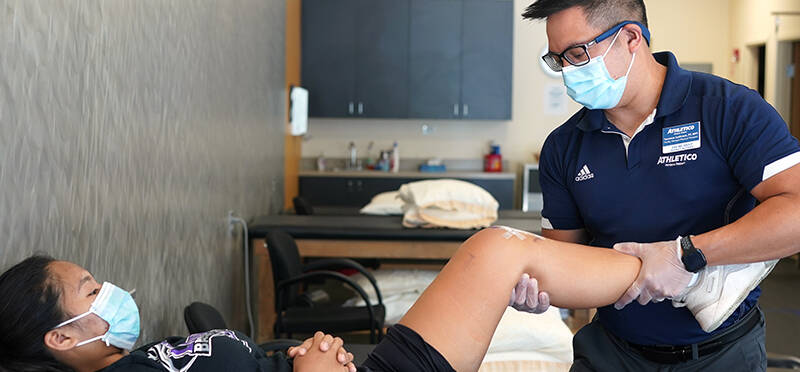Is it Safe to Run with Knee Pain?
Posted on August 29, 2022 by Rebecca Pudvah PT, DPT, CSCS, OCS
Generally speaking, exercise should not be painful. Pain is an alarm system within the body telling you something is not...
(more…)











